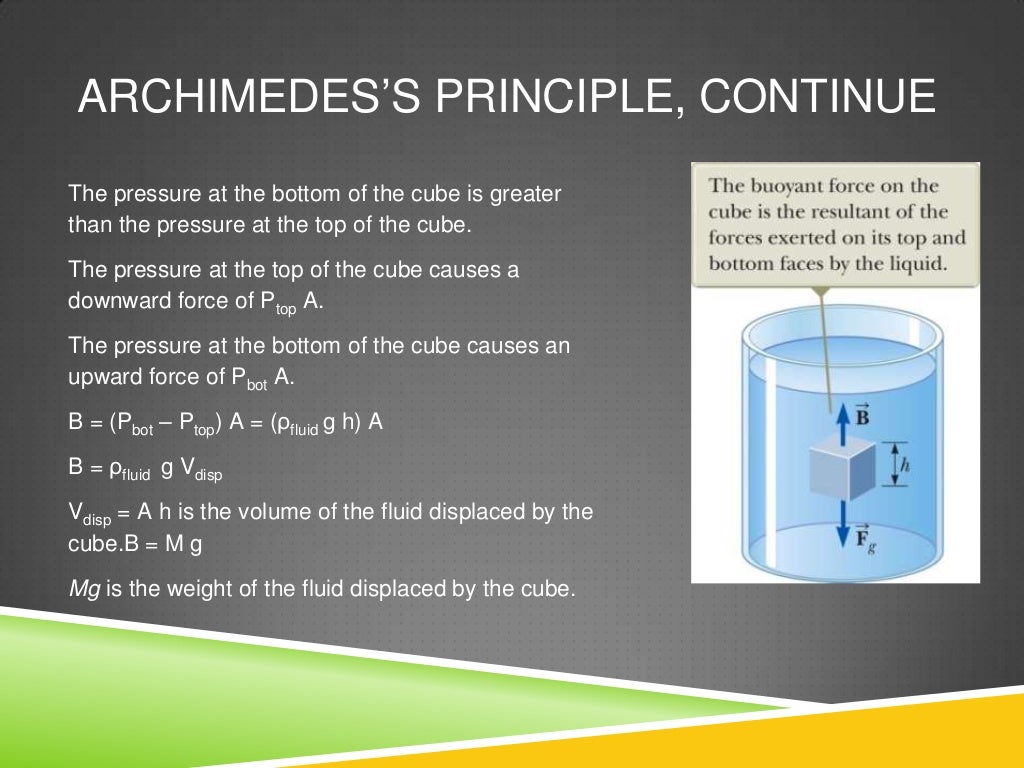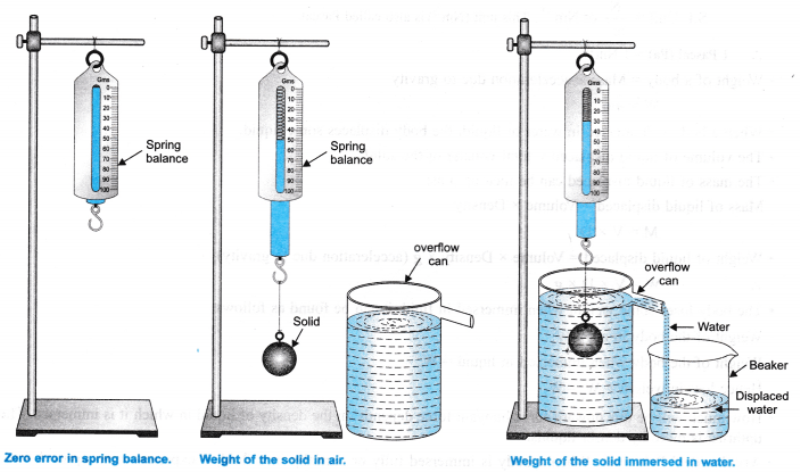
In discussing a container of a gas for instance, we typically state a single value for the pressure of the gas in the container, neglecting the fact that the pressure is greater at the bottom of the container. Before we investigate this phenomenon in depth, I need to point out that in the case of a gas, this pressure dependence on depth is, for many practical purposes, negligible. You may have noticed this, if you have ever gone deep under water, because you can feel the effect of the pressure on your ear drums. Isn’t that interesting? The direction of the force resulting from some pressure (let’s call that the pressure-times-area force) on a surface element is determined by the victim (the surface element) rather than the agent (the fluid).įor a fluid near the surface of the earth, the pressure in the fluid increases with depth. The force is perpendicular to, and toward, the surface. But the force that a fluid exerts on a surface element, because of the pressure of the fluid, does have direction. If the pressure at one point in a liquid is 15,000 \(N/m^2\) it could very well be 16,000 \(N/m^2\) at a point that’s less than a millimeter away in one direction and 14,000 \(N/m^2\) at a point that’s less than a millimeter away in another direction. We talk about an infinitesimal area element because it is entirely possible that the pressure varies with position. When we specify a pressure, we’re talking about a would-be effect on a would-be surface element.

What you are saying is that any infinitesimal surface element that may be exposed to the fluid at that point will experience an infinitesimal force of magnitude dF that is equal to 15,000 \(N/m^2\) times the area \(dA\) of the surface. In fact, if you say that the pressure at a particular point underwater in a swimming pool is \(15,000 N/m^2\) (fifteen thousand newtons per square meter), you are not specifying any area whatsoever. The fact that the pressure in a fluid is \(5 N/m^2\) in no way implies that there is a force of 5N acting on a square meter of surface (any more than the fact that the speedometer in your car reads 35 mph implies that you are traveling 35 miles or that you have been traveling for an hour).

In such a case, the pressure is what you have to multiply the area by to determine the amount of force. Even in the special case in which the pressure over the “certain amount of area” is constant, the pressure is not the amount of force. Never say that pressure is the amount of force exerted on a certain amount of area. In the case of a fluid in contact with a flat surface over which the pressure of the fluid is constant, the magnitude of the force on that surface is the pressure times the area of the surface. \)Ī fluid exerts pressure on the surface of any substance with which the fluid is in contact.


 0 kommentar(er)
0 kommentar(er)
